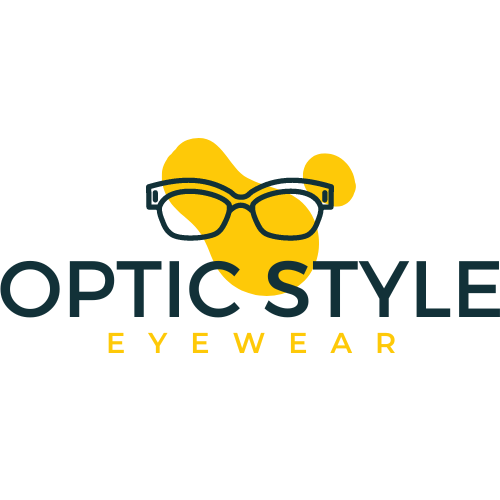Virtual Try-On: How It Works
In recent years, shopping has taken a giant leap towards the digital realm. With the rise of e-commerce and online platforms, customers can now purchase products with a few simple clicks, right from the comfort of their couches. However, there’s still one aspect of traditional shopping that many consumers miss: the ability to try on items before making a purchase. Fortunately, technology has come to the rescue with the advent of Virtual Try-On (VTO) – an innovative solution that brings the fitting room experience to your computer screen or smartphone.
Virtual Try-On technology employs augmented reality (AR) or artificial intelligence (AI) algorithms to virtually simulate the process of trying on clothing, accessories, and even cosmetics. By leveraging these cutting-edge technologies, VTO revolutionizes the online shopping experience, allowing consumers to visualize how various items would look on them without ever stepping foot into a physical store.
So, how does Virtual Try-On work? Let’s take a closer look at the underlying technologies and processes involved:
1. Image processing: The first step in the Virtual Try-On process is capturing and processing images of the products that consumers want to try on. Brands and retailers employ high-resolution cameras to capture multiple angles and details of each item. These images are then meticulously processed to create accurate and realistic digital representations.
2. 3D modeling: Once the images are processed, advanced 3D modeling techniques are used to create a digital replica of each item. This 3D model contains information about the shape, texture, and color of the product, allowing it to be rendered realistically in the virtual environment.
3. Body scanning: To personalize the Virtual Try-On experience, customers may be required to provide some body measurements or undergo a body scan. This step enables the VTO system to accurately position the 3D model of the desired garment on the customer’s body, ensuring a precise fit and appearance.
4. Augmented reality or AI: There are two primary approaches to implementing Virtual Try-On – augmented reality and artificial intelligence. In augmented reality, users can superimpose the virtual garments onto live videos or images of themselves captured by their device’s camera. This allows them to view how the items fit and how they complement their appearance in real-time. On the other hand, AI-based Virtual Try-On utilizes sophisticated algorithms to manipulate the 3D models and simulate how the items would look on the customer’s body shape, skin tone, and facial features.
5. Real-time adjustments: Virtual Try-On technology not only allows users to visualize the items but also interact with them in real-time. Customers can make adjustments to the virtual garments, such as changing the size, color, or style. These modifications are instantly reflected on the screen, providing users with a comprehensive and personalized shopping experience.
6. Integration with e-commerce platforms: The final step in the Virtual Try-On process is integrating the technology seamlessly into e-commerce platforms. Brands and retailers incorporate VTO functionality into their websites or mobile applications, enabling users to navigate through their catalogs, select products, and virtually try them on before making a purchase.
Virtual Try-On has quickly become a game-changer in the retail industry. It offers several benefits to both consumers and businesses. For shoppers, VTO enhances the confidence to make informed purchase decisions, reducing the risk of buying ill-fitting or unflattering items. It also saves time and effort by eliminating the need for physical try-ons. On the other hand, businesses benefit from increased customer engagement, reduced return rates, and valuable data insights about consumer preferences and behaviors.
Ultimately, Virtual Try-On technology bridges the gap between online shopping and the traditional fitting room experience. By seamlessly integrating advanced image processing, 3D modeling, and augmented reality or AI algorithms, VTO empowers consumers to make well-informed purchases with confidence, all from the convenience of their devices. As technology continues to evolve, the Virtual Try-On experience is set to become even more immersive and lifelike, completely transforming the way we shop in the digital age.
